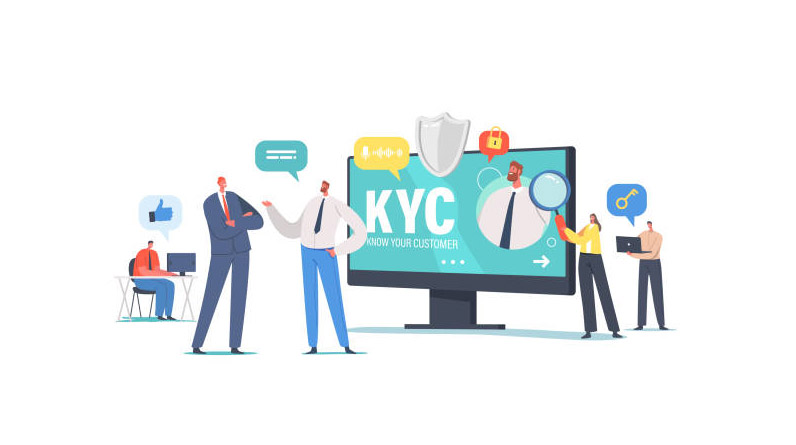With the advancement of innovation in artificial intelligence and machine learning software, the process of verifying identities has changed its dimension from a physically daunting procedure to a digitally effective authentic system. It has minimized the involvement of an expensive time-consuming customer onboarding process. The fintech industry is fast-changing, it directs the implementation of the latest technologies for providing better services. Video KYC verification enables businesses to conduct dealings on a video platform with their partners as well as customers before they are onboarded. This will filter out the risk of fraudsters and scammers by making the customer experience more secure.
Navigate Quickly
Evolving the Traditional Aspects of Verification during Covid-19
The restriction on remaining indoors made during the Covid-19 crisis has moved the world to connect online by using various digital platforms. Businesses shifted to video conferencing with their clients to manage their businesses operations during this time. While enterprises are going digital, a major challenge that the firms are facing is to maintain a balance between tending to better security features (vivint pricing) and enabling a satisfactory customer experience. The traditional aspects of verification have gone in vain as users want to obtain their work in a fast and efficient environment. This has caused a demand for other reliable options to be made available for verifying identity before it is interlinked with a business corporation.
The Working of an e-KYC Video Verification
The KYC video identification has made operational activity to be conducted smoothly during the crisis time of Covid-19. It works on an online method of face-to-face verification in which the user is called in on a video call by emailing them a link to join the video platform, where the identification process gets started. A KYC agent is assisted along with the user to provide them with certain guidelines required for video verification. During the video call, a client is asked to digitally showcase their official documents. By analyzing the documents and investigating the client through face-to-face interaction, a notification is sent to them by the database to let them know about their status of verification.
The Promising Features of Video KYC
The defining features of the video KYC solution are mentioned below:
- Paperless Verification: Video KYC utilizes the digital platform to perform the identification of an individual. Documents are scanned and presented digitally without using any paper.
- Audio-Visual Interaction: A client is joined in with an official on a video call after they are interrogated with random questions which help them specification the real identity of the client. Facial Recognition: Liveness check is also obtained by matching the client’s face with the photo ID.
- Address Verification: By pulling out the details of the location of a user by geo-tagging their devices can lead the company to know about the address from where they are operating from.
- Automated Real-Time Software: As e-KYC video verification services are automated, it allows the identification process to generate fewer errors and produce immediate results quickly.
Implementing The Use of Video KYC in Businesses
By obtaining the video KYC of your client, corporations can imply the video identification process in various departments of their businesses. Document verification service is also used for this purpose. Following are the fascinating use-cases of video KYC:
Payment Gateways
Partnering with different organizations and onboarding several customers can get frustrating at times due to payment fraud. By verifying the enterprises online through the video verification service, processing the onboarding procedure has been made frictionless by enabling payment gateways in a matter of hours or minutes.
Contacting the contractors
To make a business run smoothly, it should keep in constant contact with the contractors so it is liable that they should be reliable. For hiring purposes, the video KYC helps in detecting the workers before they are onboarded. It can be conducted individually or with the assistance of the hiring members.
Re-activating in the Trading Industry
The physical KYC for the reactivation purpose in the trading industry can pose to be a huge barrier that is suppressed by the introduction of the video KYC regulations.
A lot of financial institutions still require a face to face verification to reveal the true identity of a user. This has been made possible with the KYC video validation processes who can allow the companies to initiate meetings on the video platform without the need to physically visit the branch.
Wrapping it Up
The surveillance of the video KYC verification has enforced businesses to reap profitable benefits in the times of Covid-19. Businesses holding conferences on a video call and meeting with their clients digitally, it has given them an opportunity to verify customers by analyzing their documents along with the video-audio representation of the client by asking them certain questions. The face recognition system examines the live detection of facial features. Thus, video KYC verification is crucial for providing a satisfactory customer experience which ultimately would lead them to provoke prosperous earnings.



